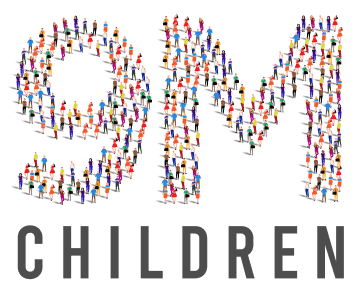
The Impact of Hunger in the Classroom
In the United States, an estimated nine million children will struggle with food insecurity this back-to-school season. Families who were already facing food insecurity are now finding it even harder to cope. Food costs at the grocery store continue to rise. Meanwhile, the recent cut to SNAP benefits has left families and kids with an even more limited budget.
Back to School Downloadables
Going back to school is expensive, especially as prices continue to rise and SNAP benefits decrease. Feed the Children helps families by providing food and supplies for back-to-school needs.
Feed the Children helps school districts nationwide by providing resources for teachers, reducing their personal expenses.
Back to School Stories
Families on the Brink after SNAP Reductions
Hunger’s Effect on Education
The Cost of School Supplies Could Hit Some Families Hard
The Single Mother’s Struggle with Food Insecurity
Food and Essentials Hubs
Make the difference for millions of hungry children. Help nourish students’ minds and bodies, and set them up for success in the classroom.
How Hunger Affects Learning FAQ
In the United States, an estimated nine million children will struggle with food insecurity this back-to-school season. Families who were already facing food insecurity are now finding it even harder to cope. Food costs at the grocery store continue to rise. Meanwhile, the recent cut to SNAP benefits has left families and kids with an even more limited budget.






